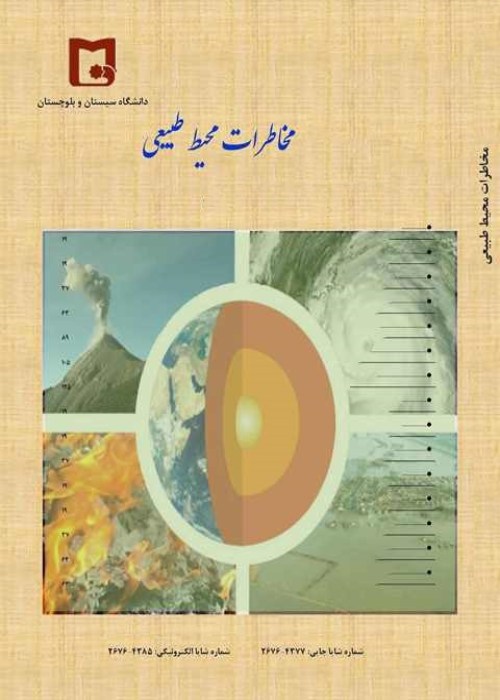Investigating the Relation Between Heavy Precipitation and Circulation Patterns of the Upper Atmosphere (case study: Southern Khorasan Province
Author(s):
Abstract:
For exact recognition of heavy precipitation of a region there is a need to sufficient studies about dynamic and synoptic conditions of that occurrence. In this study we used environmental-to-circulation method and approach and data from 61 stations of meteorology organizations and 9 hydrometric stations of South Khorasan province. In relation to the circulation patterns of the upper atmosphere by using base component analysis and cluster analysis between 1990-2007, 4 circulation patterns were identified. In analysis of these precipitations one representative day was introduced for every circulation pattern. The results of data analysis showed that the circulation patterns N0.2 and 4 justify the most of precipitations and more than 60% of these precipitations occur in these two patterns. In the point of view of the origin of humidity source we can say that 3 regions have had roles in these precipitations: Mediterranean Sea, the Arabian Sea, and the Persian Gulf. These findings can play an important role in forecasting the precipitation and preventing from flooding in the region.
Keywords:
Language:
Persian
Published:
Journal of Natural environment hazards, Volume:1 Issue: 2, 2013
Pages:
11 to 27
magiran.com/p1610994
دانلود و مطالعه متن این مقاله با یکی از روشهای زیر امکان پذیر است:
اشتراک شخصی
با عضویت و پرداخت آنلاین حق اشتراک یکساله به مبلغ 1,390,000ريال میتوانید 70 عنوان مطلب دانلود کنید!
اشتراک سازمانی
به کتابخانه دانشگاه یا محل کار خود پیشنهاد کنید تا اشتراک سازمانی این پایگاه را برای دسترسی نامحدود همه کاربران به متن مطالب تهیه نمایند!
توجه!
- حق عضویت دریافتی صرف حمایت از نشریات عضو و نگهداری، تکمیل و توسعه مگیران میشود.
- پرداخت حق اشتراک و دانلود مقالات اجازه بازنشر آن در سایر رسانههای چاپی و دیجیتال را به کاربر نمیدهد.
In order to view content subscription is required
Personal subscription
Subscribe magiran.com for 70 € euros via PayPal and download 70 articles during a year.
Organization subscription
Please contact us to subscribe your university or library for unlimited access!


